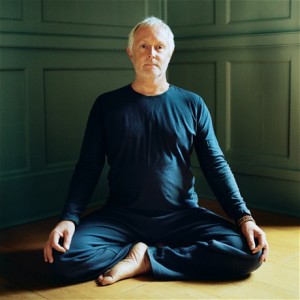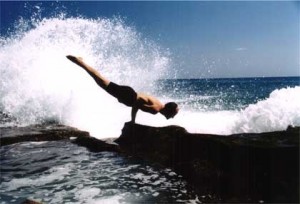 David Swenson ran a ‘flying and floating’ workshop at the Camyoga Studio loft in Great Shelford. 60 people attended and for the first 26 minutes so did our very own Tom Hallam. Here is his own words, he explains this inspiring experience;
David Swenson ran a ‘flying and floating’ workshop at the Camyoga Studio loft in Great Shelford. 60 people attended and for the first 26 minutes so did our very own Tom Hallam. Here is his own words, he explains this inspiring experience;
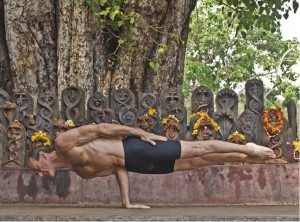
What is the hardest aspect of flying?
This question was proposed early in David's fantastic workshop, to which the answer being; the sudden deceleration at the end! I only managed to catch his first twenty six minutes (yes, very specific; I recorded the audio!) before returning downstairs to continue helping behind the scenes.
However, in that time, the amount I learnt from his words and actions is highly valuable to anyone wishing to develop their yoga practice to the next level. I wish to share some of those special twenty-six minute-moments with you, now. Comical and wise, David gave insights of knowledge into the practice of Ashtanga Yoga that was wholeheartedly digested by his captivated audience;
In this universe it would seem that everything is comprised of opposites. Up-down, right-left, front-back winter-summer male-female inhale-exhale birth-death. The two components of Vinyasa; movement and breathing, I look at as though opposite forces. What do they represent? A rather abstract question, contemplate this for a moment...[row]
What does movement represent, what does breath represent? (various answers crop up)[row]
Well let’s look at movement first; the gross, external, physical, mechanical aspect.[row]
The breath represents the invisible practice, everything we cannot see. The energetic, internal, subtle aspect.[row]
What does yoga mean? Union.[row]
What does Hatha mean? Sun and moon. Opposite forces. The union of opposing forcing.[row]
This Vinyasa is a beautiful manifestation of taking these opposing forces and creating a balance between them.[row]
We'll talk more practical things, jumping through and jumping back, this is part of it, right? That jumping around I was doing, is also a manifestation of Vinyasa, but this is also Vinyasa. *demonstrates* [row]
Anytime we move with our breath in that precise manner, it’s a Vinyasa. It’s not only jumping. Any questions so far?
...
I've been practicing Yoga since I was thirteen. So, five years now." * class laughter*
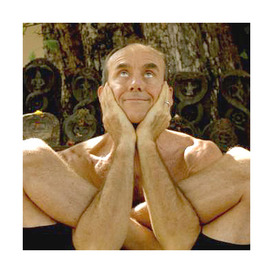
And that was in the first four minutes. The ball was rolling. This was preceded by many more anecdotes and stories that simply do not hold the same power as if you were present in the room. Needless to say the laughter was hysterical. His style of teaching and delivery were unique, it was lighthearted, relaxed, professional, and completely in control.
I intermittently checked in on the class, and observed sixty people in what appeared to be a dance. There was such a strong sense of unity. I can understand from this why more and more people are gravitating to Yoga every day. It is to these inspiring teachers, like David, we thank. And also to the dedicated Yogis, who traveled far and wide to attend this three hour workshop. Until the next time. Keep practicing!
Namaste.
Thomas Peter Hallam
David Swenson will be returning to Camyoga in 2015 – watch this space!

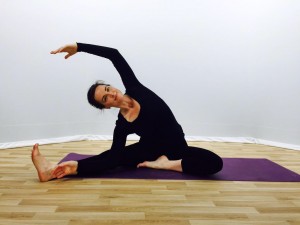

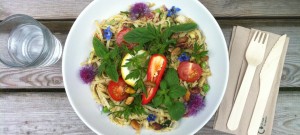
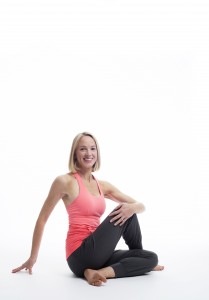
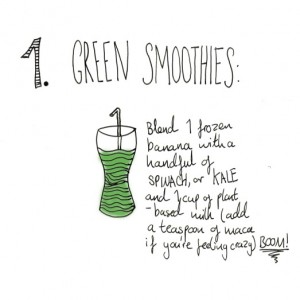
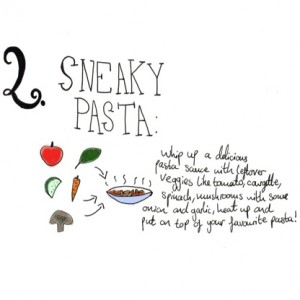

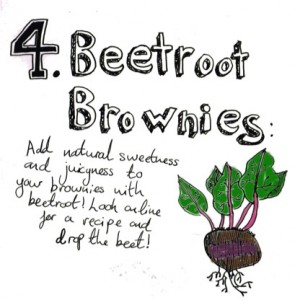

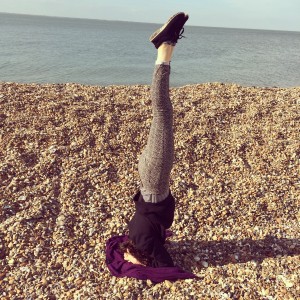
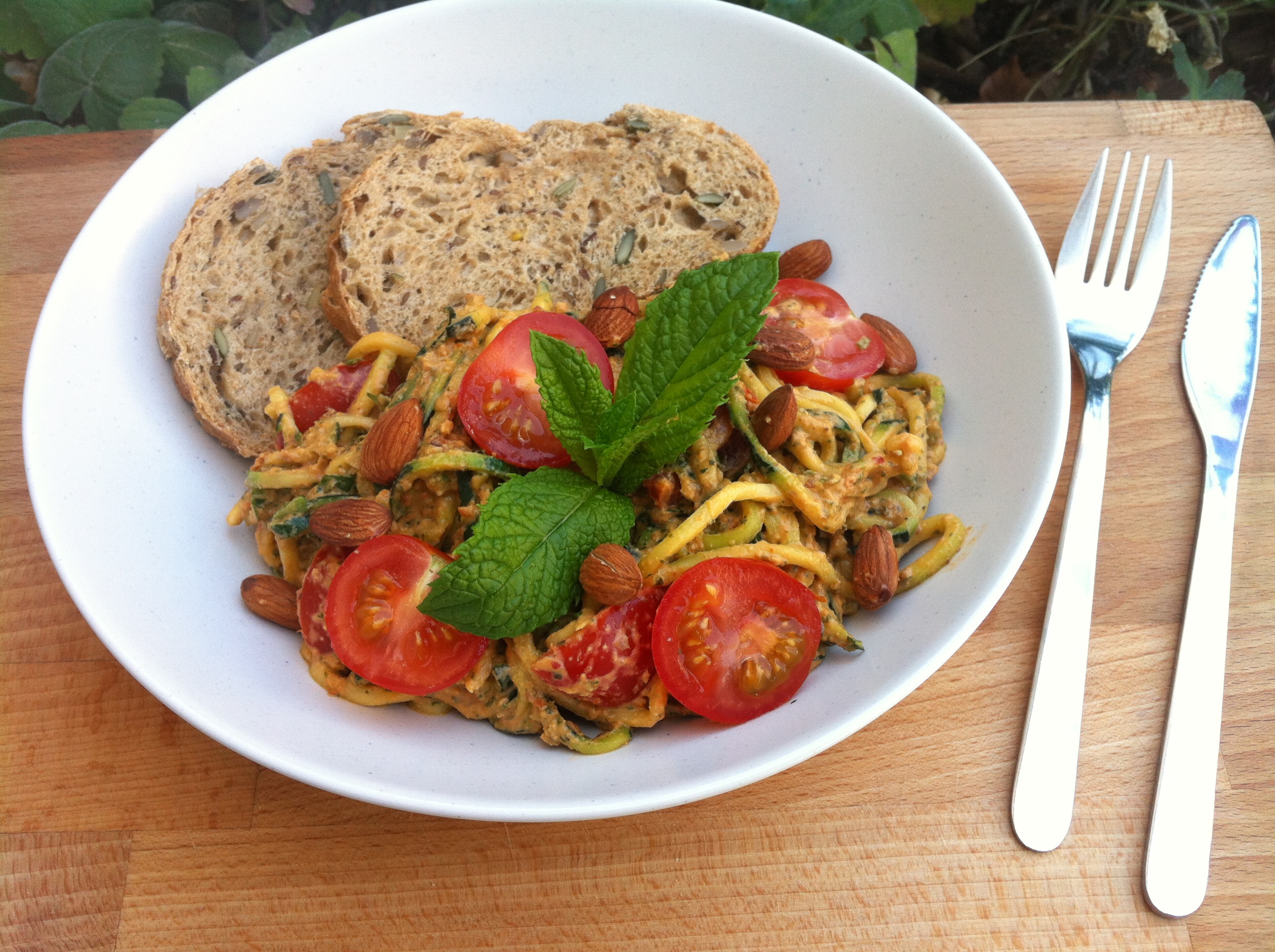
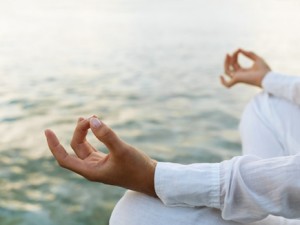
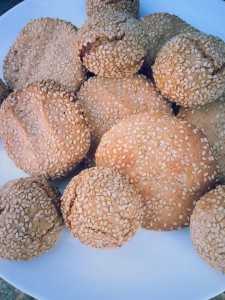
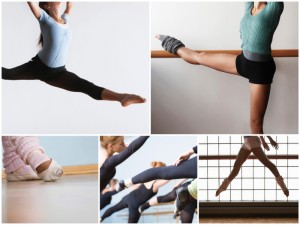
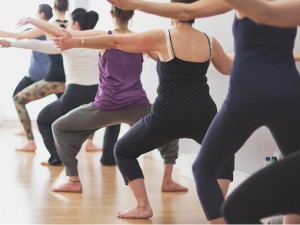
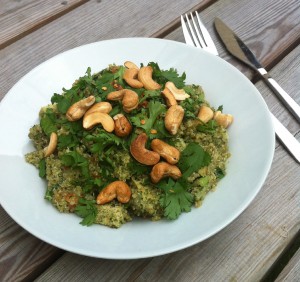

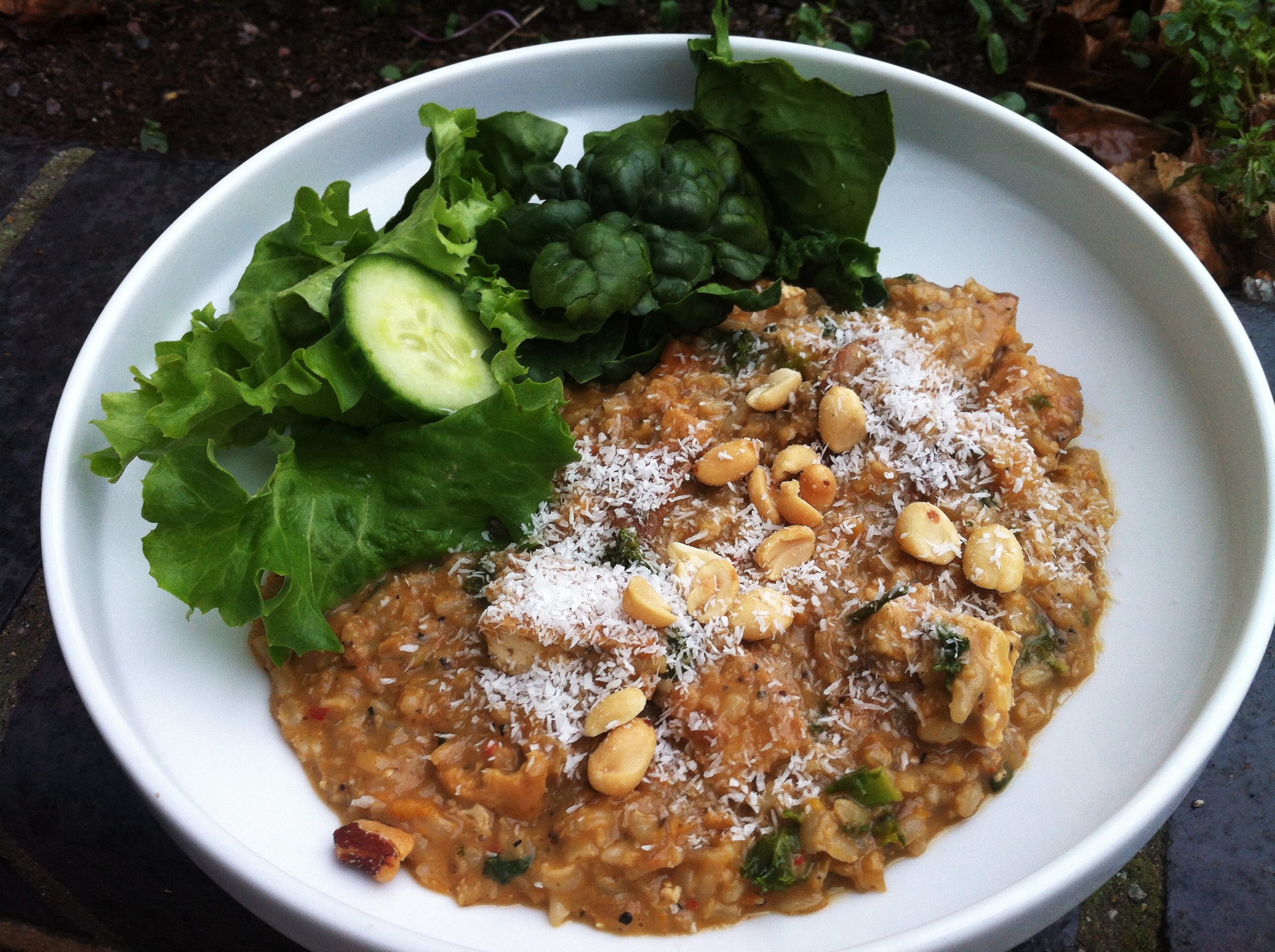
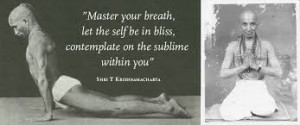
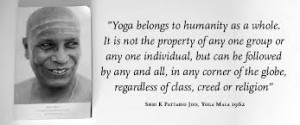
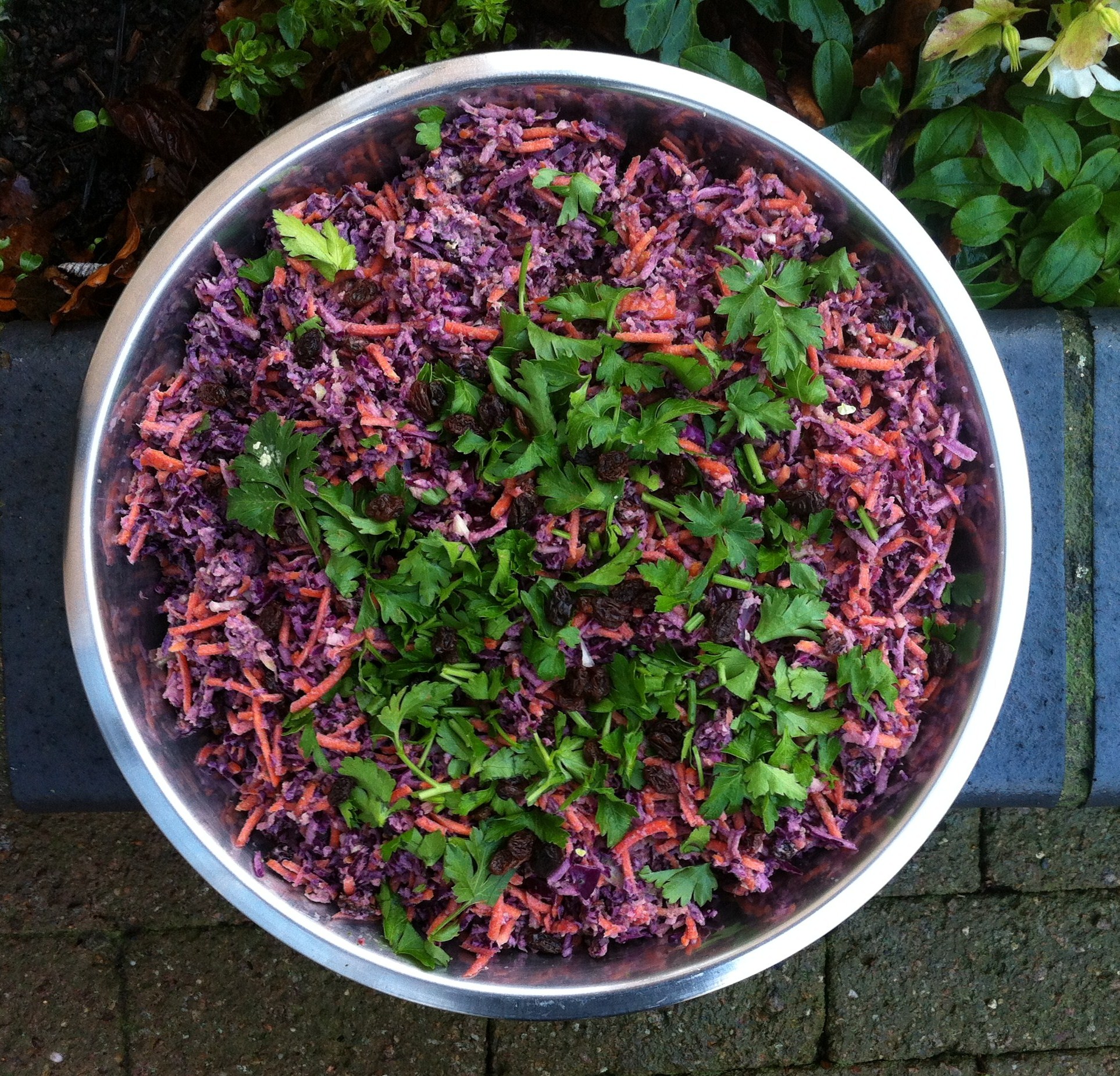
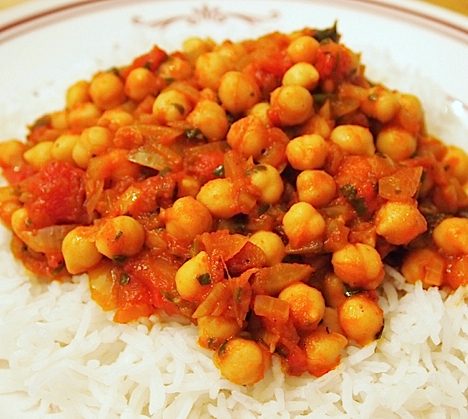
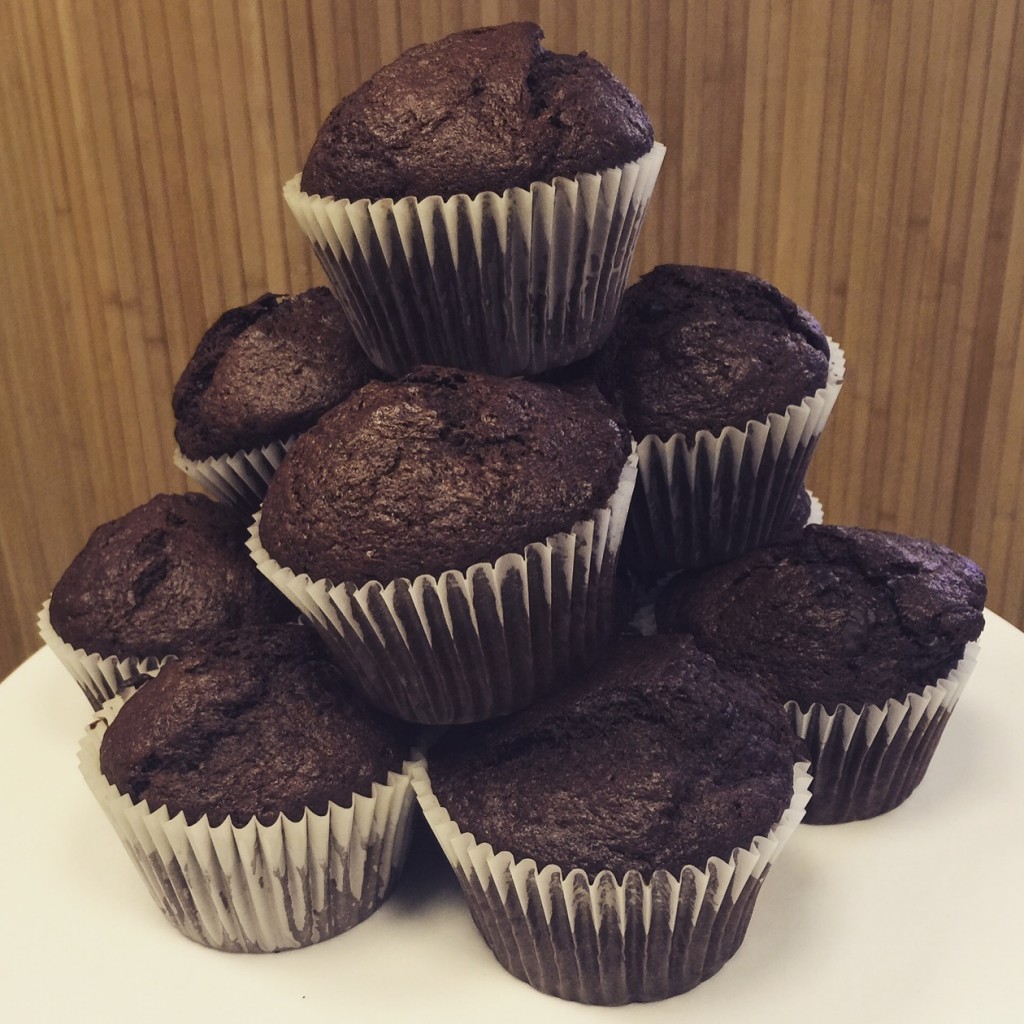

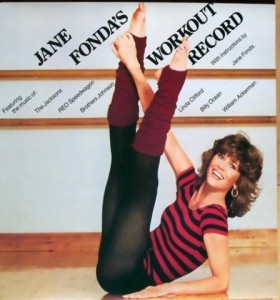
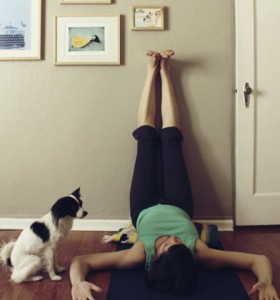
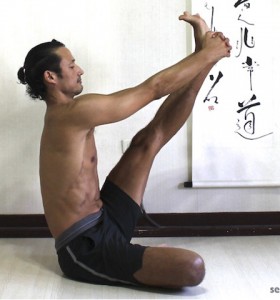
 David Swenson ran a ‘flying and floating’ workshop at the Camyoga Studio loft in Great Shelford. 60 people attended and for the first 26 minutes so did our very own Tom Hallam. Here is his own words, he explains this inspiring experience;
David Swenson ran a ‘flying and floating’ workshop at the Camyoga Studio loft in Great Shelford. 60 people attended and for the first 26 minutes so did our very own Tom Hallam. Here is his own words, he explains this inspiring experience;


